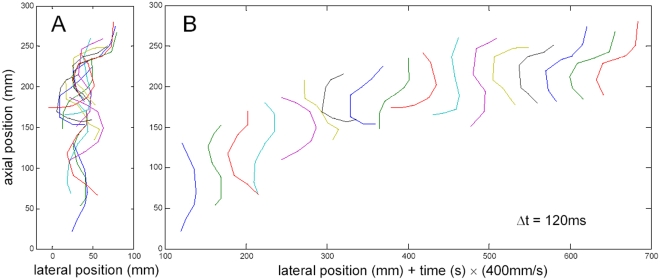Figure 5. Time series of the behaviour of the longitudinal axis of the sandfish.
This series was obtained from the NMR-images shown in Figure 4. The central body axis was measured and depicted showing the principal body shape. (A) Time dependent position and contortion of the length axis of the sandfish from snout to tail. Clearly after submersion in the sand there is always a transverse relative movement between body and sand, i.e. the sandfish body does not glide through a hole made by the snout but shears the sand as it moves. (B) In order to clearly show the sinusoidal shape of the body length axis during the movement, the reconstruction of the length axis was laterally displaced for each time point allowing the determination of amplitude and frequency of the oscillation underlying the sandfish locomotion. Following the lateral displacement of the head, the tail and the centre of the body over time shows an almost identical sinusoidal motion. Clearly similar amplitudes and frequencies of the lateral movement can be observed for all parts of the body.

